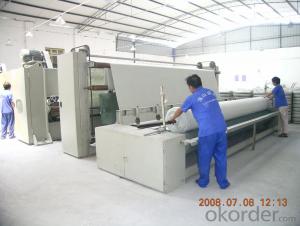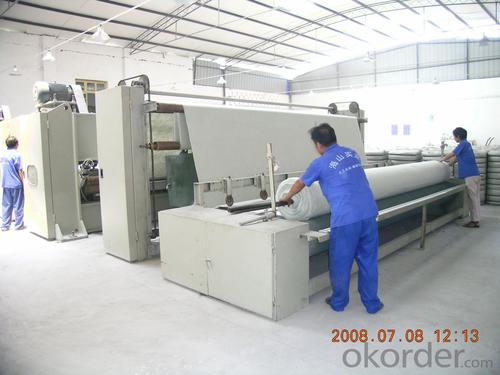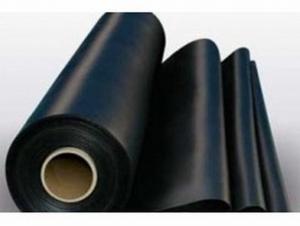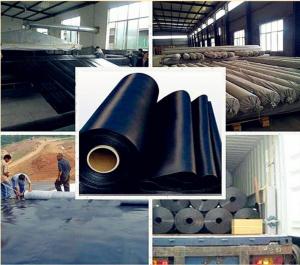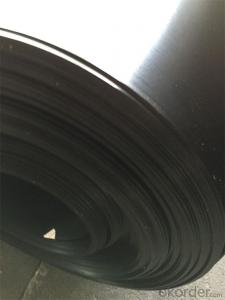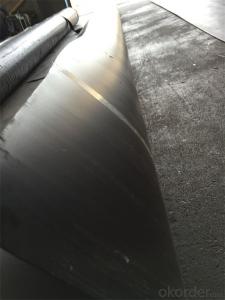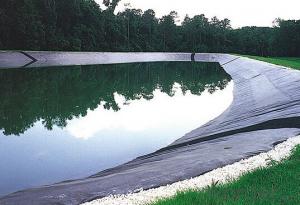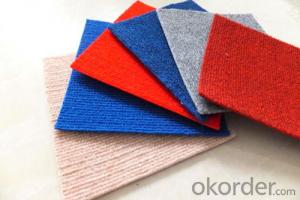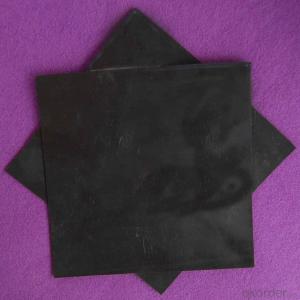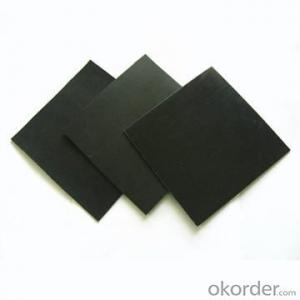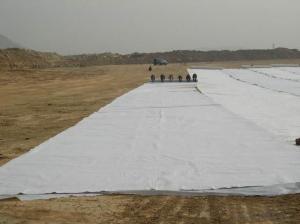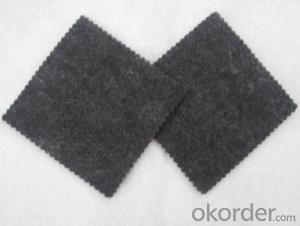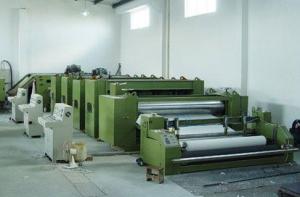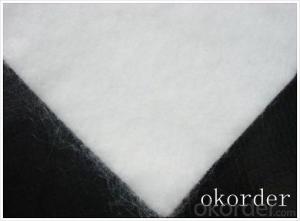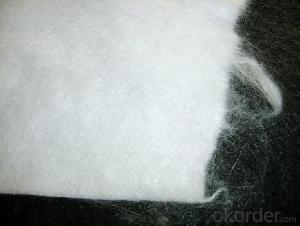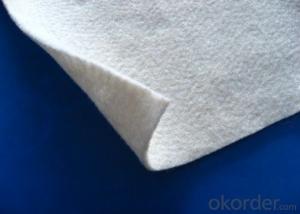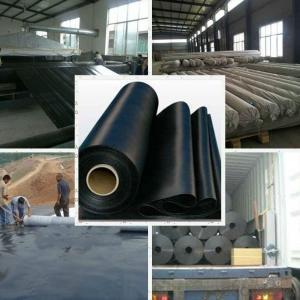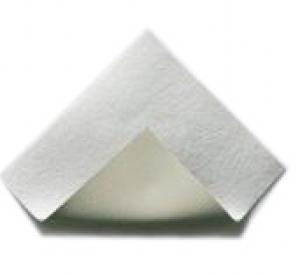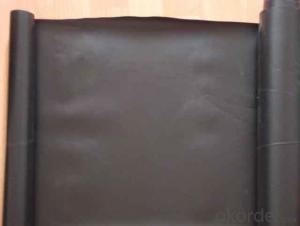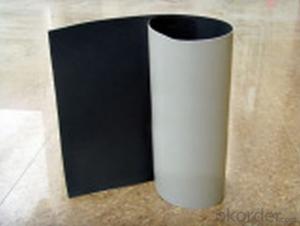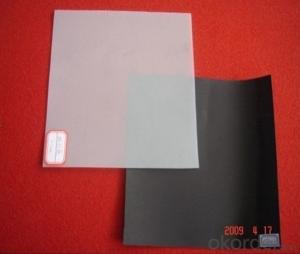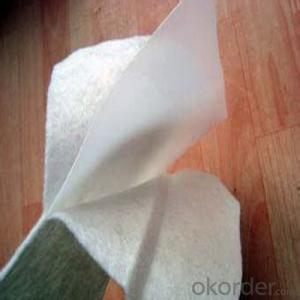300gsm Geotextiles Nonwoven Fabrics for Road Construction - Geomembrana Para Que Sirve
- Loading Port:
- Qingdao
- Payment Terms:
- TT OR LC
- Min Order Qty:
- 10000 m²
- Supply Capability:
- 500000 m²/month
OKorder Service Pledge
OKorder Financial Service
You Might Also Like
Structure of 300Gsm Geotextiles Non-Woven Fabrics Description:
The raw materials are polypropylene or polyester fiber and so on which can not be eaten by moth or oxidation.
The nets hole is not easy to jam---because the net structure is made of generalized fiberous tissue that has adaptability and moveability.
Main Features of 300Gsm Geotextiles Non-Woven Fabrics:
1. excellent air permeability and water permeability to resist the soil erosion effectively
2. a better specification to guide the water and gas to discharge from the soil.
3. a high tensile strength and non-deformability to strengthen the stability of building structure and improve the soil quality.
4. effectively focus on the diffusion, transfer and decomposition and prevent the soil damage.
5. to prevent the lower sand, soil and concrete from mixing.
6. make construction be simple---light weight, easy to use, simple construction.
7. acid and alkali resistant, no corrosion
Geotextiles Non-Woven Fabrics Images
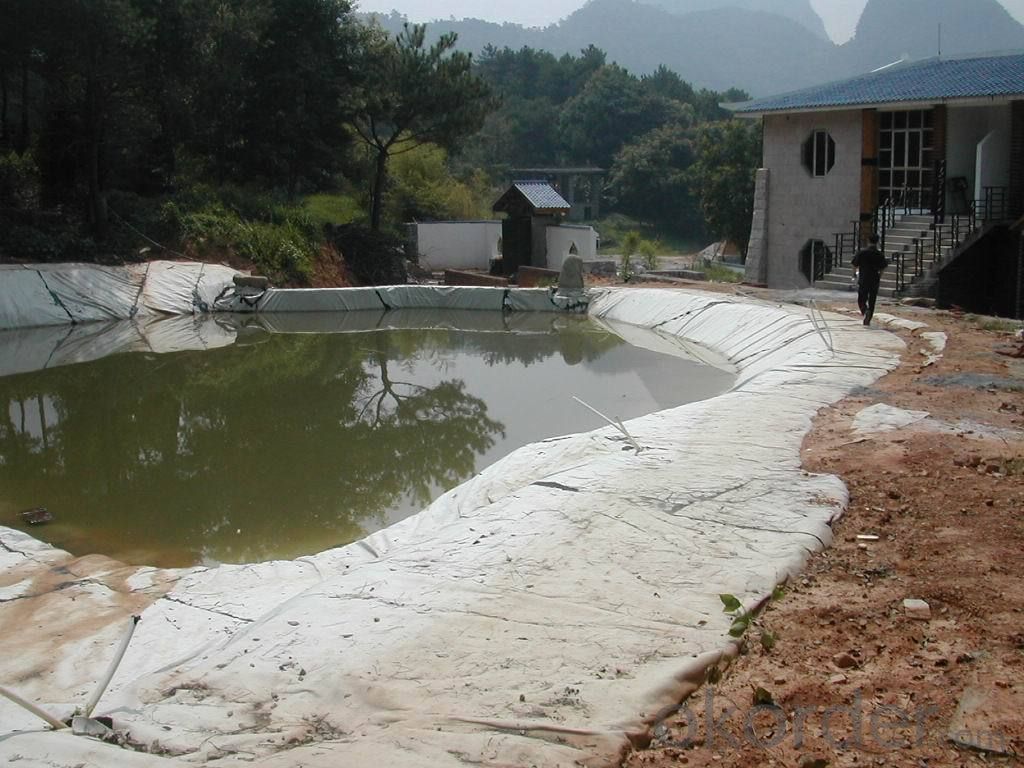
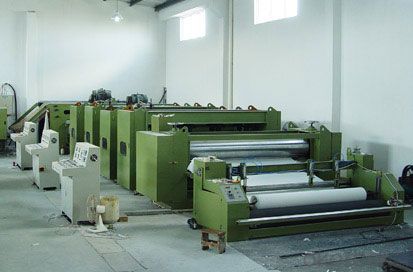
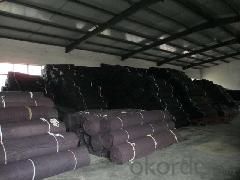
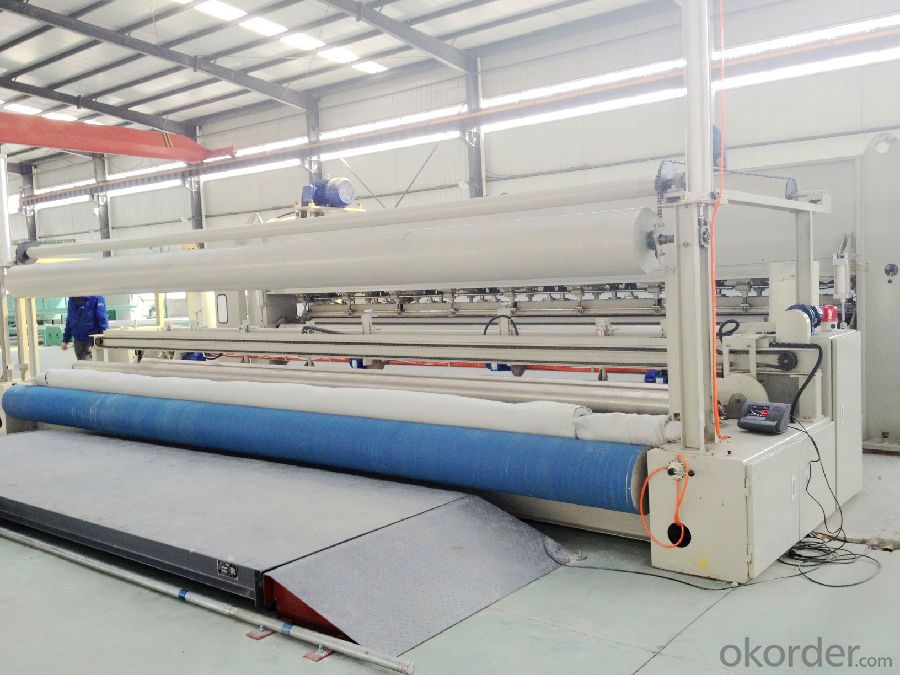
Geotextiles Non-Woven Fabrics Specification:
Project Model | 100 | 150 | 200 | 250 | 300 | 350 | 400 | 450 | 500 | 600 | 800 | Remarks | |||||||
Weight difference on unit area ,% | -8 | -8 | -8 | -8 | -7 | -7 | -7 | -7 | -6 | -6 | -6 | ||||||||
Thickness,mm >= | 0.9 | 1.3 | 1.7 | 2.1 | 2.4 | 3.5 | 4.2 | 5.3 | 7.6 | 10.0 | 14.2 | ||||||||
Width deviation,% | -0.5 | ||||||||||||||||||
Breaking strength,KN/m >= | 2.5 | 4.5 | 6.5 | 8.0 | 9.5 | 11.0 | 12.5 | 14.0 | 16.0 | 19.0 | 25.0 | Longitudinal Transverse | |||||||
Elongation at break,% | 25~100 | ||||||||||||||||||
CBR-test,KN >= | 0.3 | 0.6 | 0.9 | 1.2 | 1.5 | 1.8 | 2.1 | 2.4 | 2.7 | 3.2 | 4.0 | ||||||||
Equivalent opening size (EOS) O90,mm | 0.07~0.2 | ||||||||||||||||||
Coefficient of vertical permeability. cm/s | K×(10-1~10-3) | ||||||||||||||||||
Tearing strength,KN >= | 0.08 | 0.12 | 0.16 | 0.20 | 0.24 | 0.28 | 0.33 | 0.38 | 0.42 | 0.46 | 0.60 | Longitudinal Transverse | |||||||
FAQ
We have organized several common questions for our clients,may help you sincerely:
Q1: How about your company?
A1:Our company are one of the largest geosynthetic products supplier in the world.We have the products experience more than 20 years.Already export to USA/Germeny/Australia/Zambia/Brazil etc.more than 20 countries.Almost 10years.Our products including Geocell/Fiberglass Geogrid/Geomembrane/Geotextile/Geonet etc.
Q2:Can you send samples to us ?
A2:Yes , free samples could be provided , but customer need pay for the freight cost .
After order placed , the freight charge could be refund .
Q3:What’s your Payment term ?
A3:T/T , L/C , Western Union,Paypal ...
Q4:What’s your manufacture process time ?
A4:Usually within 20 days
- Q: What are the requirements for geomembranes used in industrial waste containment?
- The requirements for geomembranes used in industrial waste containment include high tensile strength, chemical resistance, impermeability to liquids and gases, durability, flexibility, and compatibility with the waste material being contained. They should also meet regulatory standards for environmental protection and have proper installation and maintenance guidelines.
- Q: What are the requirements for geomembranes used in desalination plants?
- Geomembranes used in desalination plants have specific requirements to ensure their effectiveness and longevity. Some of the key requirements for these geomembranes include: 1. Chemical resistance: They must be resistant to the harsh chemicals used in the desalination process, such as chlorine, saltwater, and various cleaning agents. 2. Durability: Geomembranes should have high tensile strength and puncture resistance to withstand the rigorous conditions and potential mechanical stresses within the plant. 3. Low permeability: They need to have a low permeability rate to prevent the leakage of water or chemicals, ensuring efficient water treatment. 4. UV resistance: Since desalination plants are often located in sunny environments, geomembranes should be UV resistant to withstand prolonged exposure to sunlight without degradation. 5. Flexibility: The geomembranes should be flexible enough to adapt to the various shapes and contours of the desalination plant structures, including tanks, basins, and pipelines. 6. Temperature resistance: They should be able to withstand the temperature fluctuations that occur in the desalination process, including exposure to high temperatures during preheating or sterilization. 7. Compliance with regulations: Geomembranes used in desalination plants must meet relevant industry standards and regulations, such as those set by the International Organization for Standardization (ISO) and local water quality agencies. Meeting these requirements ensures that the geomembranes effectively contain and protect the water and chemicals involved in the desalination process, promoting efficient and sustainable water treatment.
- Q: Can geomembranes be used for water storage?
- Yes, geomembranes can be used for water storage. They are impermeable liners made of synthetic materials that prevent seepage and leakage, making them suitable for containing and storing water in various applications such as reservoirs, ponds, and tanks.
- Q: How do geomembranes provide insulation in roofing systems?
- Geomembranes provide insulation in roofing systems by acting as a barrier between the roof and the external environment. They are made of materials with high thermal resistance, such as PVC or EPDM, which help to reduce heat transfer and maintain a stable temperature within the building. Additionally, geomembranes can be installed with insulation layers underneath, further enhancing their insulating properties by preventing heat loss or gain through the roof.
- Q: Can geomembrane be used in building a methane tank?
- Nobody will adopt this stupid method. You can ask a qualified worker for help If you do not know how to do it.
- Q: Is it useful to stick film for iPhone?
- Sticking film is to protect the phone's touch screen. Any people who loves their phones will stick film. 1. High-definition film is thin, and the visual effect is good. However, it is easily scratched; 2. Frosted film is also thin, but its visual effect is not so good without fingerprint; 3. Tempered film is thinner, and its visual effect is good and resistant to scratch.
- Q: How to remove the adhesive film?
- The method is as follows: Use an electric hair dryer to heat the label, while tearing the label off, to blow it will make a better effect. Attention points: It should be dealt with before using, and it will have no effect after using for a long time. It cannot be cleaned with the steel wire ball which may leave the stain of scratching on the metal.
- Q: How do geomembranes contribute to soil moisture retention?
- Geomembranes contribute to soil moisture retention by acting as a barrier that prevents water from evaporating or infiltrating into the ground. This helps to create a more consistent and controlled moisture level in the soil, reducing water loss and promoting plant growth. Additionally, geomembranes can also prevent excessive water runoff, allowing the soil to retain more moisture for longer periods of time.
- Q: How to choose the geomembrane?
- According to different classifications, geotextile have lots of varieties. According to whether there is a clear line of latitude and longitude, the geotextile can be divided into non-woven geotextile or woven geotextile. Geotextile, especially nonwoven geotextile is rather like ordinary cotton cloth (not necessarily accurate) and most geotextiles are white. Some geotextiles contains impurities, thus showing other colors. Woven geotextile which is not waterproof is like a snakeskin bag.
- Q: Which direction should the coated side of the one-side coated glass face?
- In actual operation, the coated side is always put on the second surface of the hollow glass. There are people who want to put it on the third surface. The value of U wouldn't change. Shading coefficient increases but is not obvious. But the choice of the third surface will cause the problem that the final color of the glass on the wall differs from that in design. So in actual operation, the second surface is always chosen.
Send your message to us
300gsm Geotextiles Nonwoven Fabrics for Road Construction - Geomembrana Para Que Sirve
- Loading Port:
- Qingdao
- Payment Terms:
- TT OR LC
- Min Order Qty:
- 10000 m²
- Supply Capability:
- 500000 m²/month
OKorder Service Pledge
OKorder Financial Service
Similar products
Hot products
Hot Searches
Related keywords
